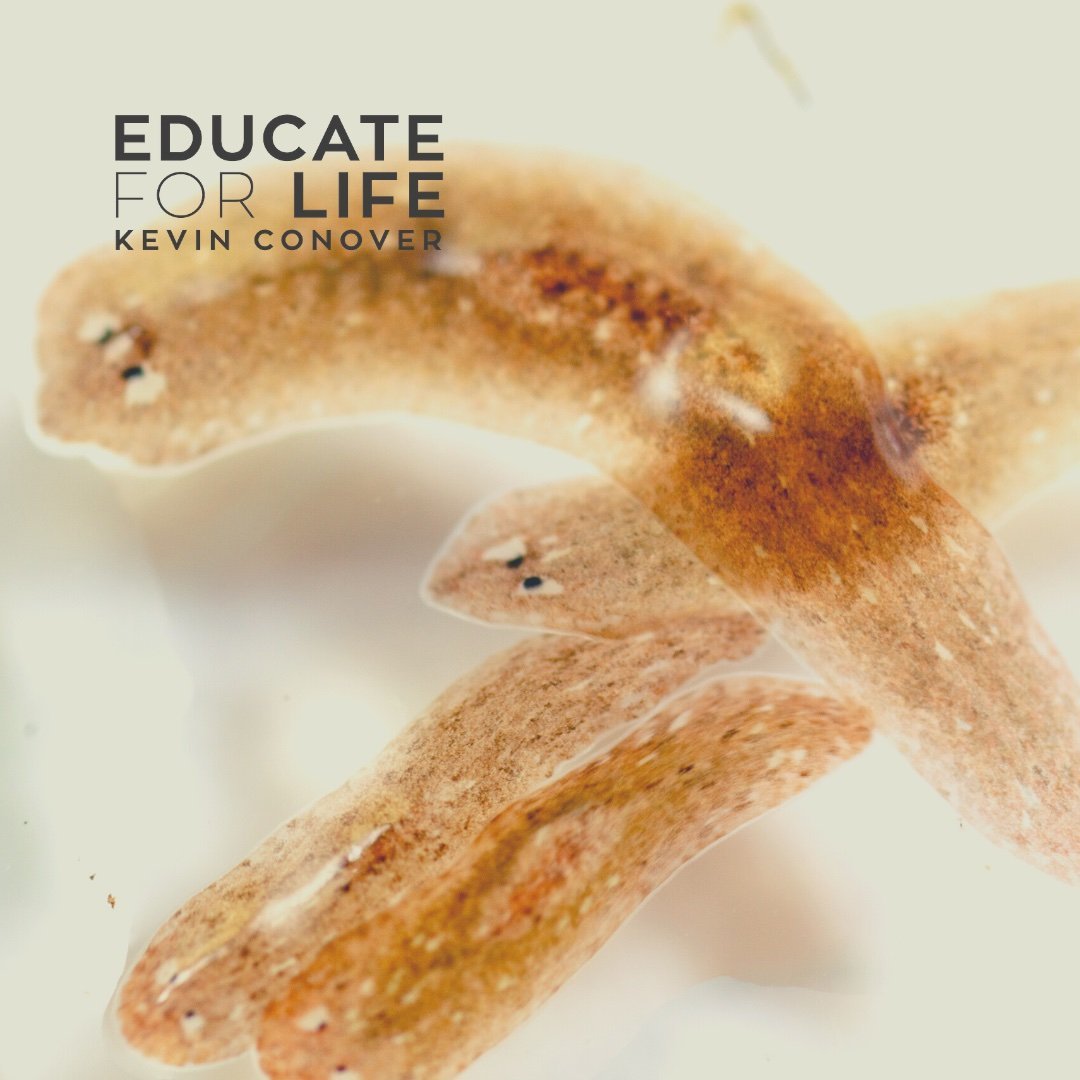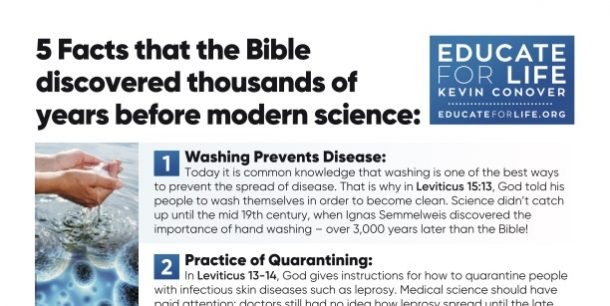How do tiny flatworms called monogeneans testify to creation?
They are parasites that live on the skin, fins, and gills of fish. They first take hold of the fish with hooks. But in order to feed off the fish, they glue their mouths onto the fish with superglue. This flatworm has two glands within its head that make two non-sticky components needed to form the glue. These components are extruded through tiny holes beside the mouth. Only when the two components come together do they form a sticky substance, just like a two-part epoxy resin.
This glue is extremely strong and adheres to wet, slimy surfaces, even under water. The glue is delivered in a non-sticky form so that it does not glue the flatworm’s mouth shut before it comes in contact with the fish. The glue cures quickly, it is stable and durable, and it can be dissolved when the flatworm needs to leave
When researchers discovered this lowly form of life making superglue, they marveled at its amazing properties. How did this little flatworm develop such marvelous glue? How did it learn to keep the two components separated? How did it develop the delivery tubes? How did it learn to use the glue to its advantage? How did the worm learn to dissolve the glue?
The real question is, how could evolutionists believe this all happened by accident and chance? This amazing design is clearly evidence that God is our Creator.
(Source: Inspired Evidence – Alexander Williams, God’s Amazing Glue, Creation Magazine March –May 2002 p.27)









0 Comments
Trackbacks/Pingbacks